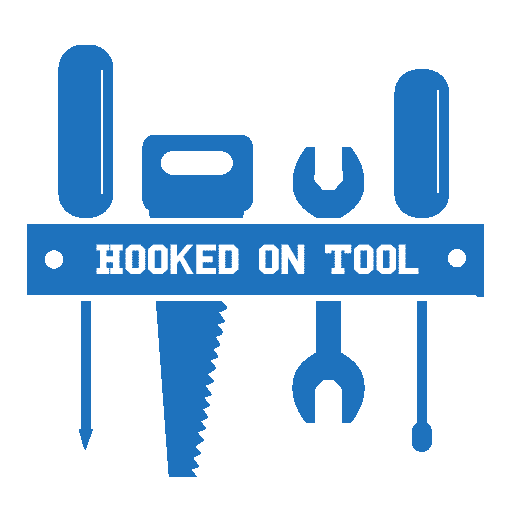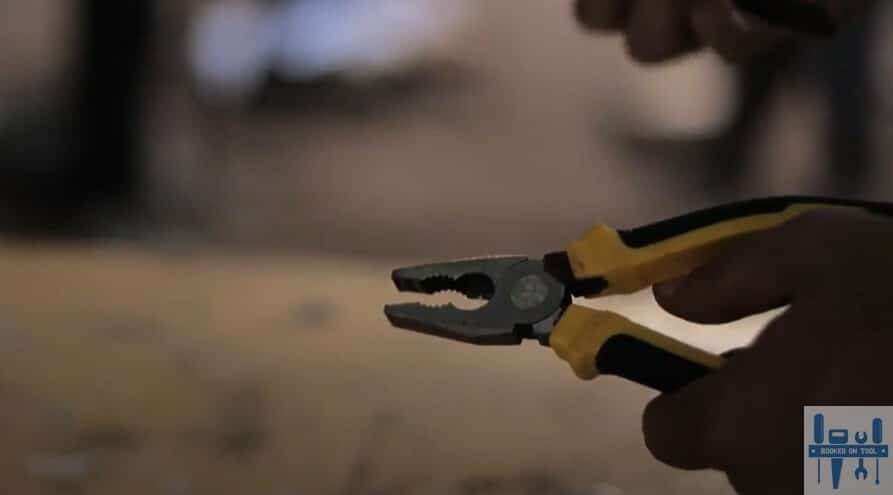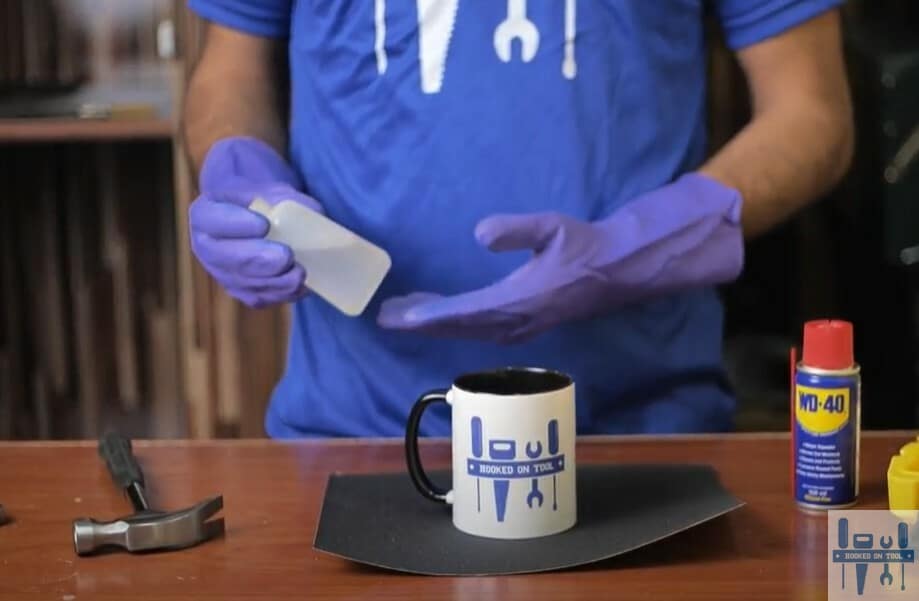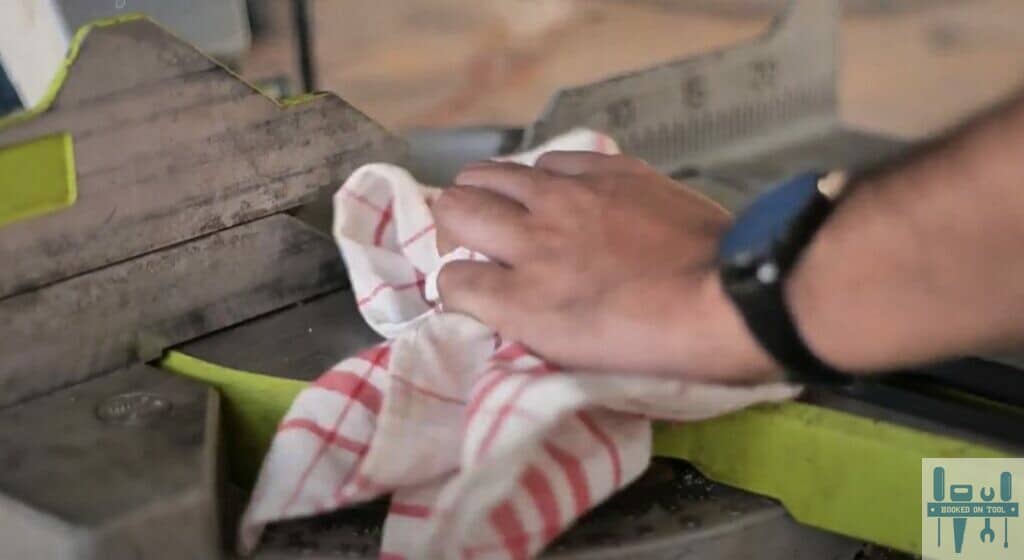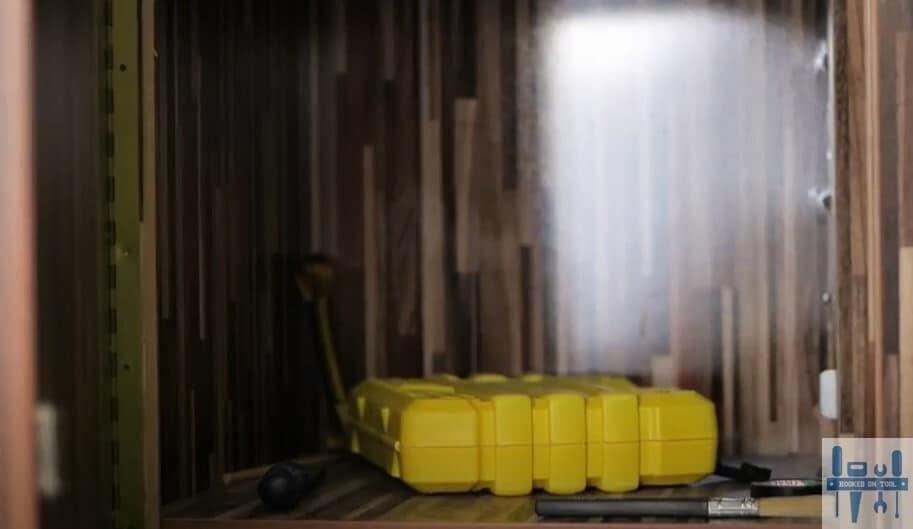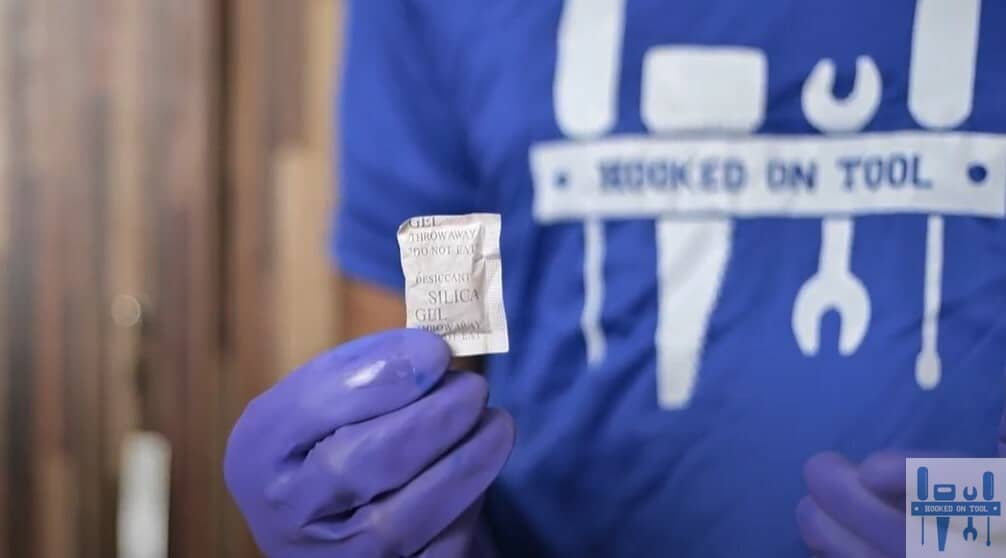
Finding out the right tools for your DIY projects is pretty difficult, but keeping them in perfect shape is even harder. If not stored properly, rust can gather on tools quickly, and this is a problem that annoyed me the most when I first started out.
While I thought that spending money on a storage box was a waste, I quickly realized my mistakes as my tools started to collect rust. The performance of the batteries dropped, and I was stuck with a useless system that didn’t add any value to my setup.
Even if we’re talking about the hand tools, they will lose shape, and I had to purchase new ones (leaving a dent in my budget). It was next to impossible to follow my projects because of hardware issues, and now my only focus is proper storage.
So, let me walk you through some methods to keep your tools from rusting in a shed.
How To Keep Tools from Rusting in A Shed
Over the years, I’ve found that there are two things that matter the most when it comes to keeping them rust-free.
The first thing that you gotta do is to keep them clean and moisture free. This means that there shouldn’t be any wood particles, dust, or water on the tools after you’re done using them.
The second thing is to keep track of the storage conditions in your shed. Everything from the humidity to the appropriate space should be available to maintain the hardware integrity. Let’s go more in-depth about how to keep tools from rusting in a shed.
Step 1 — Clean Your Tools
Before storing your tools in the shed, you need to ensure that there is no gunk on the tool that might solidify and complicate the situation. The water displacement formula, WD-40, works best when you’re talking about cleaning your tools.
It is pretty easy to use, and you can just spray some WD 40 on your tools before storing them in the shed. Similarly, the use of cleaning oil (mineral oil) will help you further when keeping your tools clean in the longer run.
The good thing about mineral oil is that it won’t harm your tools, and it is readily available in every hardware shop. A quick run to your local hardware shop will be all that you need to get your hands on this chemical-free cleaning solution.
While mineral oil might not perform as well as some of the chemical-based products, it will certainly be better in the long run as you’re trying to limit the damage to your tools.
For massive machinery and heavier tools, I would suggest that you wipe them clean with a towel and then apply a thin layer of cleaning oil for protection.
Be sure to finish things up by using a sponge to absorb excessive moisture trapped within the oil layer, and you’ll be sorted out.
Now, for smaller tools, you can use sandpaper to get rid of the rigid dust and smudges. Don’t be too rough, or you might end up scratching the finish off of the tool. Lastly, to finish things up, a sponge or a cleaning cloth will serve you just fine.
The only thing that you should have in mind is that rust is the reaction of air with moisture on your tool. So, moisture is the biggest enemy that will hold you back as you’re trying to keep your tools rust-free and perfectly clean.
As long as moisture is kept away from the tool, you will never have to worry about rust patches forming on the tool. So, have that in mind when you’re living in high-humidity regions.
Step 2 — Manage Storage Space
The storage conditions directly impact the lifespan of any tool, and you can only maintain a good shed with attention to the storage cabinets.
You need to keep track of three things when developing the perfect storage for your tools.
The first thing is that the storage space should be clean. There shouldn’t be any rust or gunk that can rest or solidify on the tools after you put them in storage.
The second thing is that the storage space should be dry, meaning that you can’t put your tools near a moist place.
The last thing is that the storage space should protect the tools from sunlight. These three things will ultimately dictate how long you’re able to keep your tools in good condition. Otherwise, you will just be stuck with a rusted set of tools.
Starting with a wooden cabinet might sound expensive, but you know what sounds more expensive? Buying tools every other month. So, investing in a wooden cabinet to keep your tools safe is not that bad of an investment.
Next, you can rely on silica gel packets or camphor tablets to keep the moisture at bay. These things are inexpensive and beyond amazing when it comes to keeping moisture at bay.
Lastly, you should think of adding a humidifier to the shed to keep track of the moisture content. Some cheaper Chinese models will serve you great as well, and you don’t have to go out of budget.
The Takeaway
Keeping your tools in good condition can be hard, but a bit of attention to the cleanliness of the tool and the moisture content will be enough.
You don’t have to go crazy over every minor detail, and just wiping out the dust with cleaning oil can make a huge difference.
From there, you can give attention to the storage and the exposure to sunlight to further protect your tools. It might seem hard or complicated to manage your tools from the get-go.
However, as you gain more experience, everything should fall within your control.
If you need more details, don’t hesitate to reach out.
I’ll be glad to answer any queries that you might have, and we can work together to create an amazing shed for your next DIY projects. So, be sure to reach out, and I’ll be in touch shortly.
